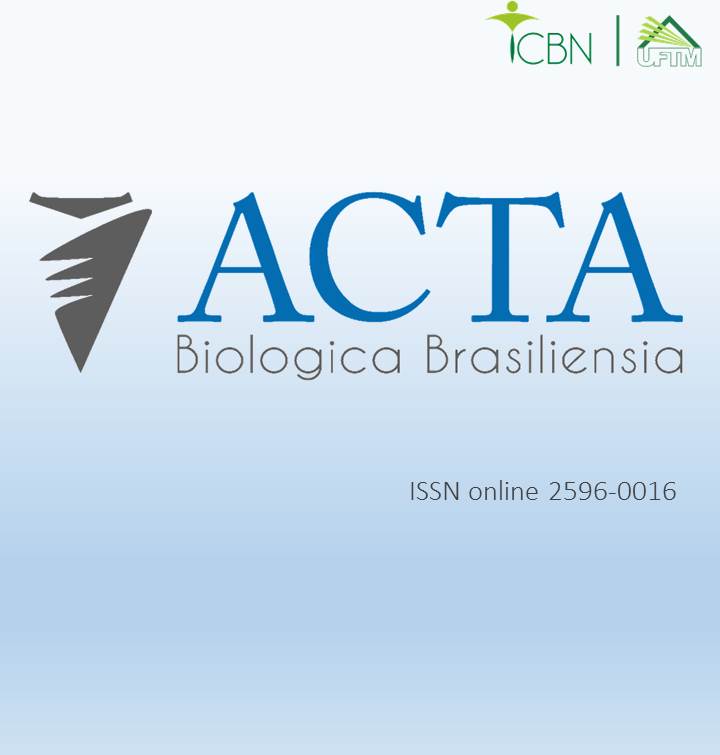PRODUCTION OF AMARYLLIS CULTIVAT ED UNDER PHOTOCONVERTER SHADING NETS
DOI:
https://doi.org/10.18554/acbiobras.v6i1.7237Palavras-chave:
Hippeastrum, Shading, Floriculture, Ornamental PlantsResumo
Plant growth and development are influenced by biotic and abiotic factors. Considering the abiotic factors, light intensity can be manipulated using shading screens in order to induce better plant performance. Thus, the objective of this study was to evaluate how different shading conditions affect growth and development, starting from Hippeastrum plantlets, and plant flowering, after vernalization. Seedlings produced in vitro and acclimatized were transferred and covered with different shading nets (black, red, blue and, as a control, full sun). Agronomic and physiological analyses were performed. At the end of the cycle, the bulbs were collected, sanitized and went through vernalization in a cold chamber at 13 °C for 40 days. After this period, the bulbs with diameters between 50 mm and 60 mm were planted under the same conditions of shading and full sun; agronomic and physiological parameters were also analyzed. In the initial development stage, plants grown under black and blue shading nets showed higher chlorophyll content, in addition to fresh and dry matter of bulbs and leaves. A greater accumulation of fresh and dry matter was observed in plants grown under red shading nets. After the vernalization period, similarity was observed in initial cultivation, in which leaf growth and chlorophyll content were higher in plants grown in blue shading net and flowering was stimulated in the red shading net. Thus, the use of blue shading nets stimulates Hippeastrum leaf growth. However, with the objective of flower production, it is recommended to use red shading nets to accelerate the flowering process.







